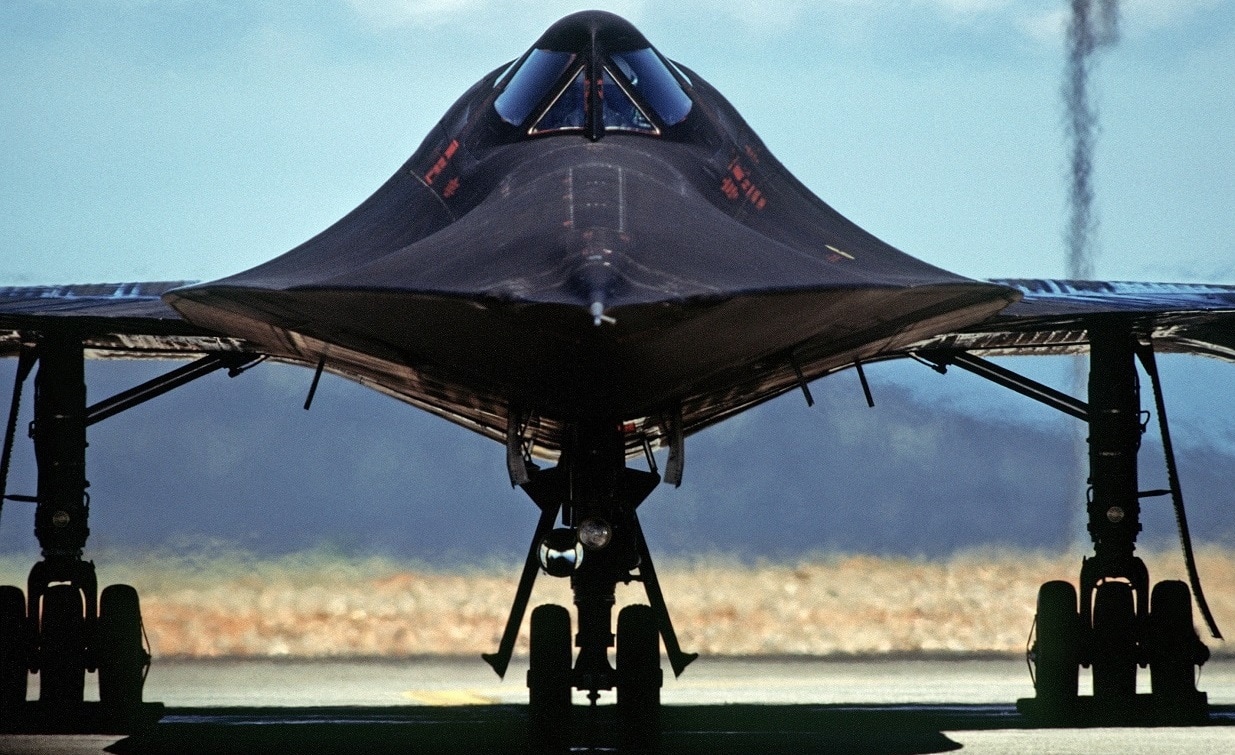The SR-71 Blackbird was one of the most remarkable airplanes of the Cold War. Able to outrun Russian SAMs, it never got shot down – not even damaged – aside from a few accidents. If flew at MACH-3 plus, had an extremely high ceiling of 85,000 feet, and a long-range. But not everyone was a fan. There was an Air Force Chief of Staff in the late 1980s who had the SR-71 in his crosshairs for cancellation.
New Spending Priorities Hastened the Retirement of the SR-71
Despite the objection, the fastest plane on earth still had many admirers. The SR-71 set speed records that still stand.
The first flight was in 1964 and it entered the service in 1966. It was canceled by 1990. The main reason was cost. The Soviet Union was starting to crumble as the Berlin Wall fell. The Cold War was ending, and Air Force budgets were being cut. This would later become known as the peace dividend – a realignment of spending priorities due to a lack of major conflict after the Cold War. The Blackbird was expensive to operate at $260 million a year and advanced spy satellites were getting better, which made intelligence gathered by the SR-71 obsolete in the minds of the airplane’s detractors.
Generals Had it In for the Blackbird
One opponent was General Larry Welch, then the Air Force Chief of Staff, who went on a mission to give the Blackbird an un-ceremonial grave. He thought the money saved by cutting the Blackbird could go to stealth programs such as the B-2 bomber. He also claimed that the actual annual cost for the SR-71 program was $440 million. He went on Capitol Hill and told lawmakers he could fly up to 20 F-15E fighters for the price of the Blackbird program. Air Force General John Chain offered similar testimony.
Despite some loyal fans in the Senate, Congress finally agreed that the SR-71 should be on the chopping block. Flights, except for training, stopped in 1989. But military leaders such as Army General Norman Schwarzkopf later cried foul. He believed the SR-71 could have come in handy during Operation Desert Storm. Then the post-Cold War defense landscape became perilous. The Balkans were a hot spot and intelligence, surveillance, reconnaissance (ISR) was needed in the former Yugoslavia, even though spy satellites were used, the Blackbird could have offered a way to corroborate and confirm various nuggets of intelligence. The Middle East was another dangerous area that required up-to-the-second ISR. North Korea was always testy and the SR-71 could have helped identify threats on the peninsula, especially with the North Koreans developing a nuclear weapon.
What If the SR-71 Blackbird Lived?
The Air Force brought the SR-71 back in the FY 1994 Defense Authorization Act. But the Blackbird had bad luck and the Clinton administration cut it again in 1997. Oh for what could have been. Could the Blackbird have spotted the rise of Osama bin Laden in Sudan and Afghanistan in 1998? What about deriving intel from the terrorist embassy bombings in Kenya and Tanzania? Maybe cruise missile strikes against al-Qaeda training camps could have been more accurate. We’ll never know. Perhaps the SR-72 Son of Blackbird can fill the void and get the United States back in the ultra-high-speed spy plane game.
1945’s new Defense and National Security Editor, Brent M. Eastwood, PhD, is the author of Humans, Machines, and Data: Future Trends in Warfare. He is an Emerging Threats expert and former U.S. Army Infantry officer.

